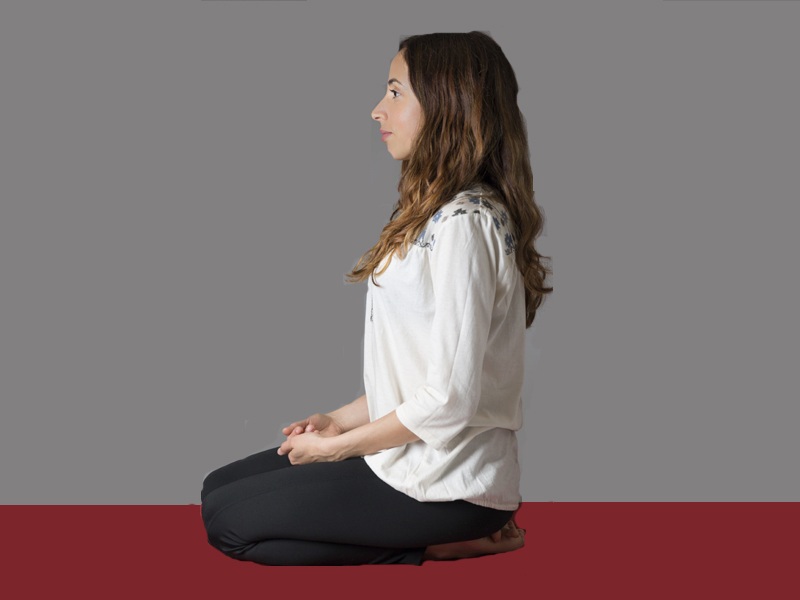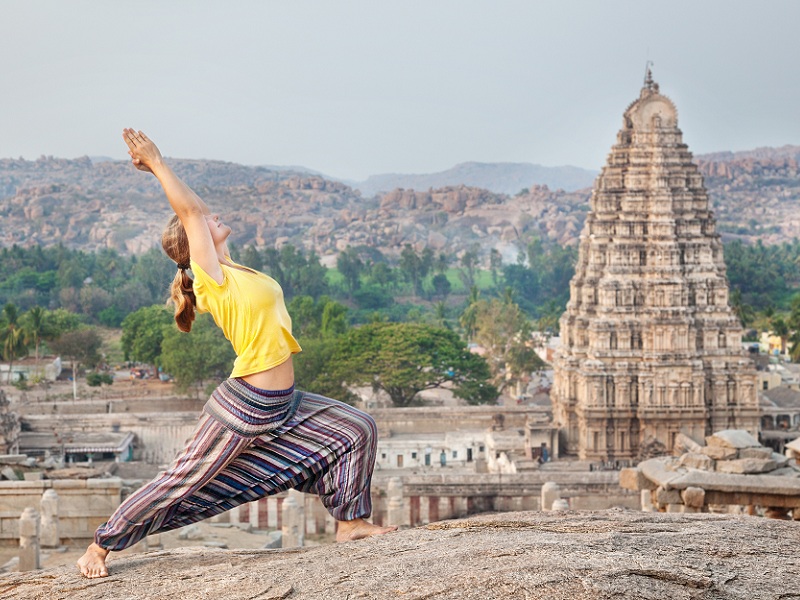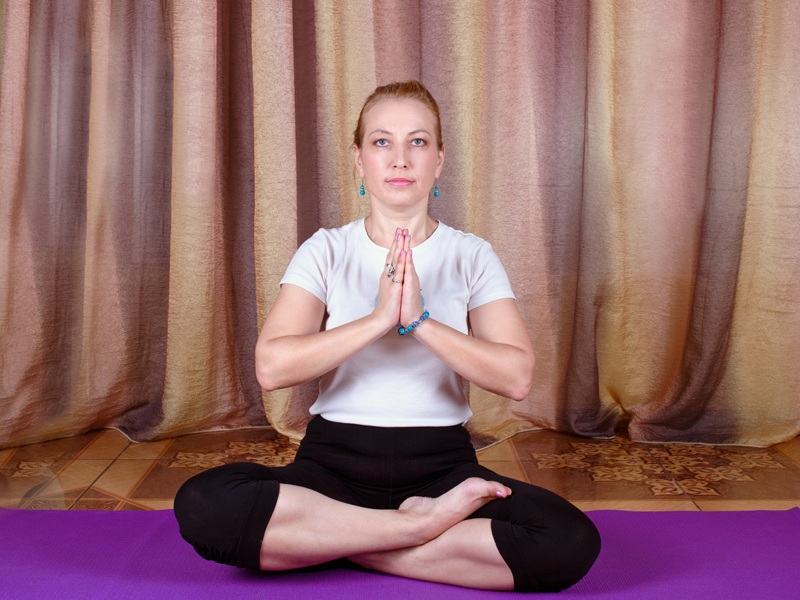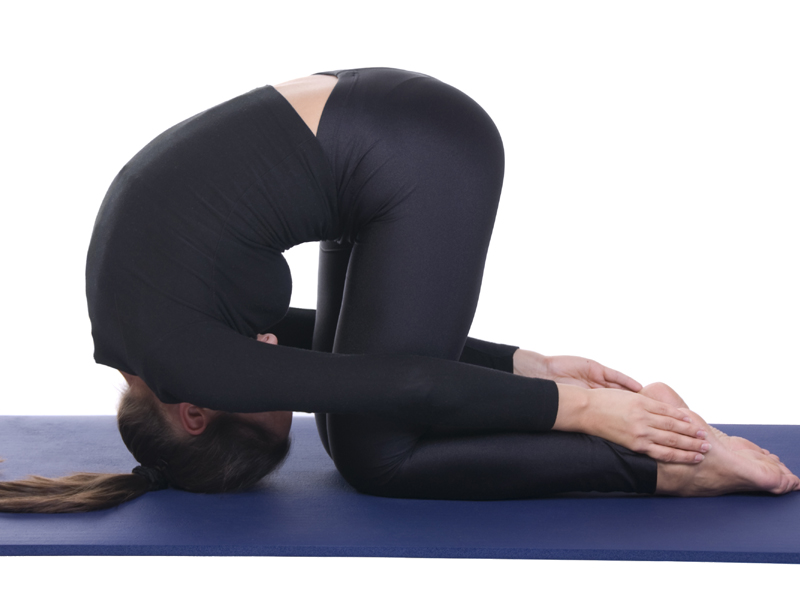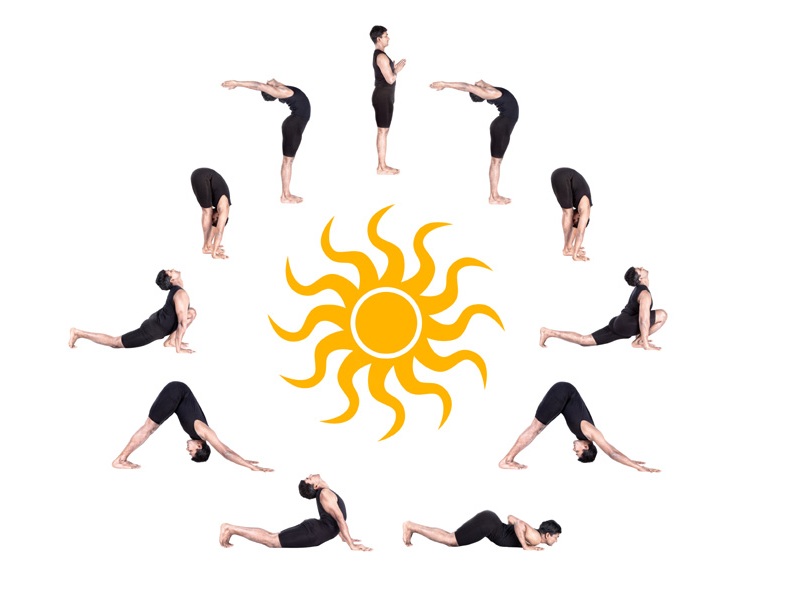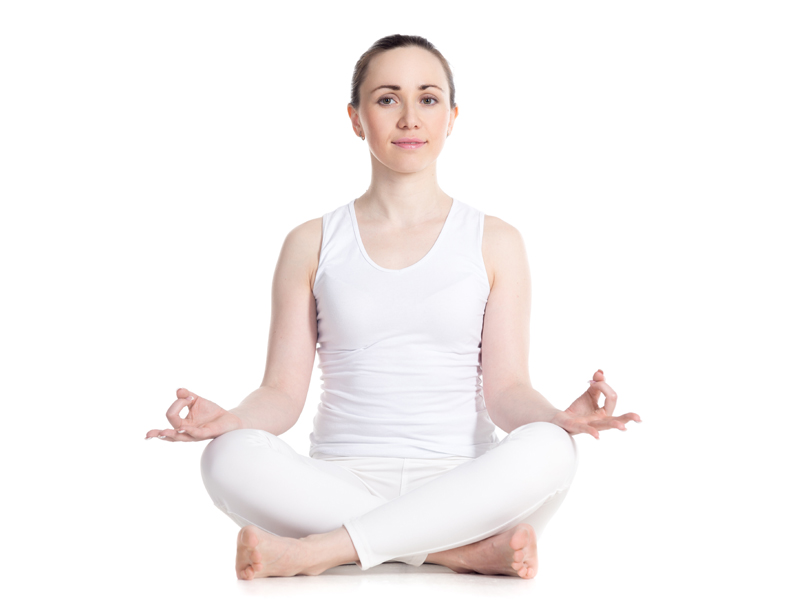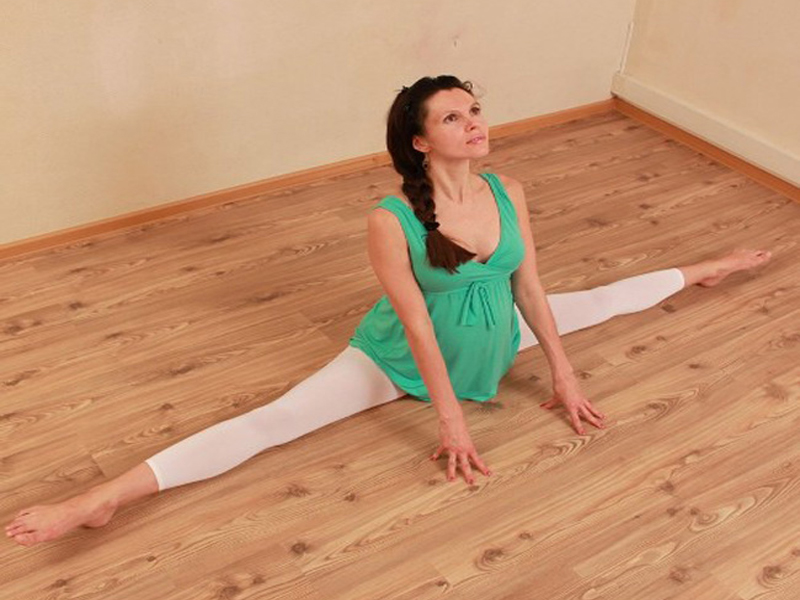Bhakti Yoga is form of Yoga that pertains to spiritual devotion towards the almighty.
In Bhakti yoga, everything is a manifestation of the love for the divine and divinity. The Yogi or bhakta feels a sense of oneness, fulfilment and union with god. Bhakti yoga is based on the principle “Love is God and God is Love”. When a bhakta attains the deep stages of Bhakti yoga then everything worldly becomes meaningless and futile to him. Eating, sleeping, earning, ego and responsibilities cease to matter.Bhakti yoga is also called yoga of devotion. The word Bhakti is derived from the root ‘bhaj’. Bhakti is a form of param or highest form of love.Bhagti Yoga unlike other forms of Yoga does not involve extensive yogic practices. Bhagavata Purana teaches nine primary forms of bhakti. You may follow any of them as per your choice.
Those being:
• Shravana or Listening to scriptures
• Bhajans or kirtans that usually refers to singing praises of the lord in a group
• Smaran or remembering god at a mental level
• Seva or offering services to youe diety or sadhus
• Archana or worshipping an idol or image if god.
• Vandana or singing or reciting prayers.
• Dasya or servitude
• Sakhya or friendship
• Atma samarpana or complete surrender.
These 9 forms or rather routes of Bhakti allow a devotee to stay in touch with or connected to his diety or ishtha deva in one way or another.
Bhakti is of various kinds. One classification is Sakamya and Nishkamya Bhakti. Sakamya Bhakti is devotion with desire for material gains. A devotee offers prayers, japa etc for fulfilment of his desires which might be in form of health, love or money.
Nishkama bhakti arises out of pure love and gratitude for god and is not aimed at any personal benefit.
[Read: What Is Dhyana Yoga and How to Practice It]
Another way to classify bhakti yoga is Apar Bhakti and par bhakti. In apar bhakti, a devotee offers verbal prayers, flowers, naivadhyam to the idol of his deity. He visualizes his ishtha dev as supreme through the idol. Later, he transcends to a more pure and deeper form of bhakti whereon his or her love for god deepens and he realizes that God is not bound by limits of idols, names or religions. He begins to understand that God is the supreme energy or power and not a form.
Another way of classification is, Gauna or lower form and Maukhya or higher form of Bhakti.
To be on the path of Bhakti Yoga, you need to inculcate certain disciplines in your life. Those being:
• Abhyasa or practice of being connected to god in one way or the other.
• Viveka or discrimination
• Vimoka or freedom from worldly desires
• Satyam or truthfulness
• Arjavam or being straightforward and not manipulating situations
• Kriya or doing good deeds
• Kalyana or wishing well for all
• Daya or compassion towards all
• Ahimsa or non-injury
• Dana or charity
• Anavasada or cheerfulness and positivity
While practicing Bhakti yoga, it is in best interest of the devotee to create a good environment or aura around him. This may be achieved by choosing:
• A clean and quite room for worship.
• lighting diyas and incenses
• bathing and changing into fresh clothes
• Applying chandan or sandalwood on forehead.
• Wearing a rosary made out of rudraksha or tulasi dal mala.
[Read: Things You Need to Know Before Trying Hot Yoga]
God does not need all this preparation to accept your love but these help you create an aura conductive of Bhakti in initial stages of Bhakti Yoga.
When the love for god grows you can raise above all the discrimination between forms of God, place of worship, method of worship, Route of worship or offerings in a worship. You experience Bhava Of devotion that leads to is absolute self-forgetfulness and everything stops mattering except God. There are five kinds of Bhava in Bhakti.
• Shanta Bhava where in your mind is absolutely grounded and stable and nothing can agitate you.
• Dasya bahv or servitude as depicted by lord Hanuman towards lord Ram
• Sakhya bhav or friendship with God, as depicted by Arjuna towards Shri Krishna
• Vatsalya or motherhood, as depicted by Maa Yashodha towards Kanha
• Madhurya Bhavas-or Divine Love, the most supreme bhava, as depicted by Shri Radha for Shri Krishna and Meera Bai for Shri Krishna, wherein the deity and devotee unite.

































